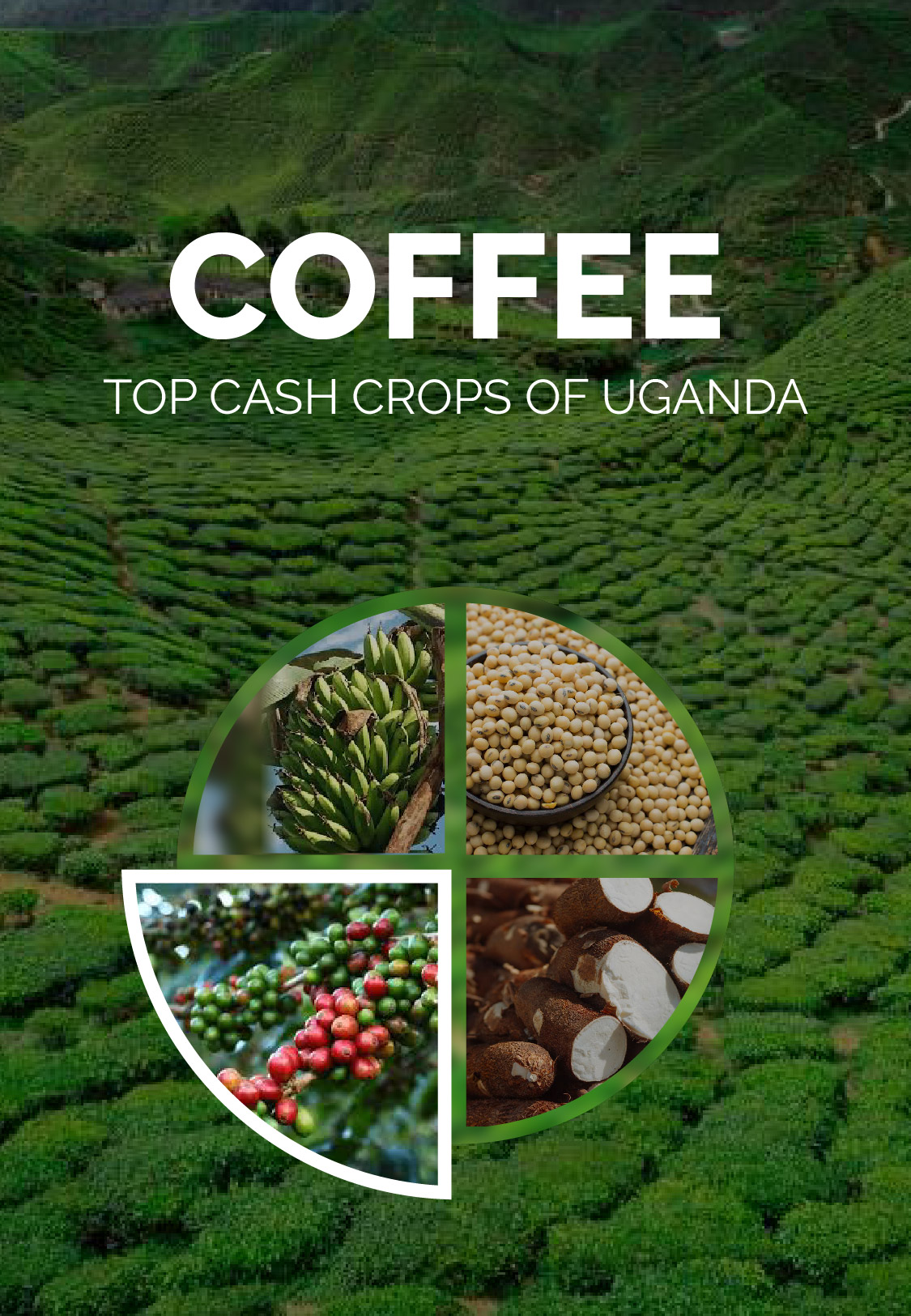-
Site Selection and Preparation: Choose a well-drained field with good sunlight exposure for your maize crop. Prepare the land by clearing weeds, debris, and rocks. Plow or till the soil to loosen it and create a suitable seedbed.
-
Seed Selection: Choose high-quality maize seeds that are adapted to your region's climate and soil conditions. You can consult local agricultural experts or extension officers for advice on the best maize varieties for your area.
-
Planting: The best time for planting maize in Zambia is typically between October and December, at the beginning of the rainy season. Plant seeds at the recommended spacing and depth, usually around 2-3 cm deep and 75-90 cm apart in rows.
-
Fertilization: Conduct a soil test to determine nutrient levels, and apply fertilizers accordingly. Maize requires nitrogen, phosphorus, and potassium for healthy growth. Apply fertilizers based on the test results and local recommendations.
-
Weeding: Regular weeding is essential to prevent weeds from competing with maize for nutrients and water. Hand weeding or using appropriate herbicides can help keep the field weed-free.
-
Irrigation: Depending on the weather conditions and your region's rainfall pattern, supplemental irrigation may be necessary, especially during dry spells. Adequate moisture during the critical growth stages is crucial for maximizing yields.
-
Pest and Disease Management: Monitor the maize crop for signs of pests and diseases. Common pests include stem borers and armyworms, while diseases like maize streak virus can affect yields. Implement integrated pest management strategies, which can include using resistant varieties, practicing crop rotation, and applying appropriate pesticides.
-
Harvesting: Maize is usually ready for harvest in about 3 to 4 months after planting, depending on the variety. The cobs should have filled kernels and dried husks. Harvest by hand, cutting the cobs at the base of the stalk. Allow the cobs to dry further before shelling.
-
Post-Harvest Handling: Properly store the harvested maize in a cool, dry, and well-ventilated area to prevent mold growth and insect infestations. Consider using storage methods such as raised platforms or hermetic bags to protect the crop.
-
Market and Value Addition: Depending on your goals, you can sell the maize in local markets or explore value-added options like milling to produce maize flour. Value addition can increase your income and contribute to local food security.
Remember, successful maize farming requires knowledge of local conditions, dedication, and continuous learning. It's a good idea to consult with local agricultural experts, extension officers, and experienced farmers for guidance tailored to your specific region in Zambia.










Share